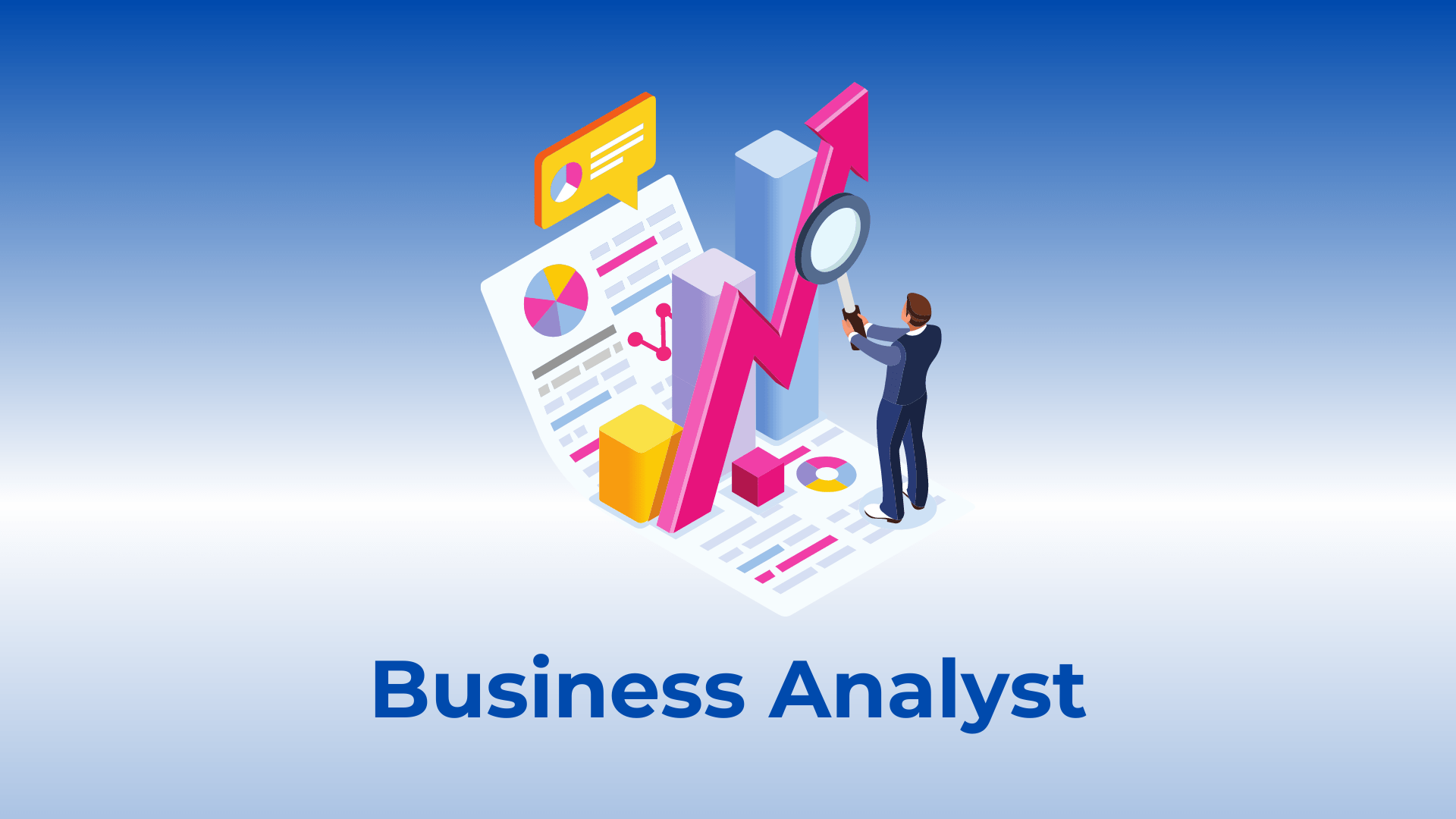Getting Started with Business Analytics: A Beginner’s Guide
 pallavi chauhan
pallavi chauhanIn an increasingly data-driven world, businesses are turning to data analytics to make informed decisions and maintain a competitive edge. Business analytics involves using statistical analysis and modeling techniques to understand business performance and drive strategic initiatives.

What is Business Analytics?
Business analytics refers to the combination of skills, technologies, practices, and applications that analyze past business performance to gain insights into future outcomes. It employs various methods, including statistical analysis, predictive modeling, and data mining, to assist organizations in making data-driven decisions.
Types of Business Analytics
Descriptive Analytics: This type focuses on analyzing historical data to understand what has happened in the past, summarizing events, and identifying patterns.
Diagnostic Analytics: This approach digs deeper to investigate the reasons behind past performance, helping to uncover trends and correlations in the data.
Predictive Analytics: This method uses historical data and statistical algorithms to forecast future outcomes, enabling businesses to anticipate trends and make proactive decisions.
Prescriptive Analytics: This advanced form of analytics provides recommendations based on predictive analysis, helping organizations optimize their strategies by suggesting the best courses of action.
The Importance of Business Analytics
Integrating business analytics into decision-making processes offers numerous advantages:
Informed Decision-Making: Data-driven insights lead to more accurate decisions, reducing reliance on intuition.
Improved Efficiency: Analyzing processes helps businesses identify inefficiencies and streamline operations.
Enhanced Customer Insights: Analytics enable a better understanding of customer behavior and preferences, allowing for targeted marketing strategies.
Competitive Advantage: Companies that harness data analytics can stay ahead by making proactive and strategic decisions.
Getting Started with Business Analytics
Step 1: Build a Strong Foundation in Statistics
A solid grounding in statistics is essential for anyone aspiring to succeed in business analytics. Focus on these key concepts:
Descriptive Statistics: Understand measures such as mean, median, mode, variance, and standard deviation.
Inferential Statistics: Learn about hypothesis testing, confidence intervals, and regression analysis.
Data Visualization: Familiarize yourself with techniques for presenting data clearly, as effective communication of insights is crucial.
Step 2: Learn Key Tools and Software
Being proficient with analytics tools and software will greatly enhance your capabilities. Consider exploring:
Microsoft Excel: A versatile tool for data analysis and visualization, Excel is an excellent starting point for beginners.
Tableau: A powerful data visualization tool that enables users to create interactive dashboards and reports.
R and Python: Widely used programming languages in data analysis and statistical modeling. Learning either can significantly boost your analytical skills.
SQL (Structured Query Language): A fundamental language for managing and querying databases. Understanding SQL will help you effectively extract and manipulate data.
Step 3: Gain Practical Experience
While theory is essential, hands-on experience is where you will truly learn and apply your skills. Here are ways to gain practical exposure:
Online Courses: Platforms like Coursera, edX, and Udacity offer a variety of courses on business analytics, data analysis, and statistics. Look for programs that include practical projects.
Internships: Seek internships or entry-level positions in data analysis or business analytics. Real-world experience will deepen your understanding and enhance your resume.
Projects: Work on personal projects by analyzing publicly available datasets. Websites like Kaggle and data.gov provide numerous datasets for practice.
Step 4: Build a Portfolio
As you gain experience, create a portfolio that showcases your projects and analyses. Include:
Case Studies: Document your approach, methodologies, and outcomes for specific projects, highlighting any business impact.
Data Visualizations: Demonstrate your ability to present data clearly and engagingly.
Code Samples: If you’ve used programming languages like R or Python, include code snippets that illustrate your analytical capabilities.
A strong portfolio can significantly enhance your job prospects in the analytics field.
Step 5: Stay Updated and Network
The field of business analytics is constantly evolving, so staying current with trends and advancements is crucial. Here’s how to keep learning:
Read Industry Blogs and Journals: Follow blogs, podcasts, and journals focused on data analytics, business intelligence, and technology.
Attend Conferences and Meetups: Networking events and conferences offer opportunities to meet professionals, learn from experts, and discover new tools and technologies.
Join Professional Organizations: Consider joining organizations like the International Institute of Business Analysis (IIBA) or the Data Science Association to access resources and connect with others in the field.
Challenges in Business Analytics
While business analytics offers many benefits, it also presents challenges:
Data Quality: Inaccurate or incomplete data can lead to flawed insights. Ensuring data quality is a critical step in the analysis process.
Change Management: Implementing data-driven strategies may require a cultural shift within an organization, and managing this change can be challenging.
Skill Gap: The demand for skilled analytics professionals often exceeds supply, making it essential for aspiring analysts to continuously improve their skills and knowledge.
Conclusion
Business analytics is a dynamic and rewarding field that plays a crucial role in modern organizations. By building a solid foundation in statistics, learning key tools, gaining practical experience, and staying updated on industry trends, you can successfully embark on a career in business analytics. To further enhance your skills, consider enrolling in the best Business Analyst course in Delhi, Noida, Mumbai, Navi Mumbai, Thane, and other cities across India. These courses provide essential training and hands-on experience that will empower you to excel in the field.
As data continues to drive decision-making, the skills you develop will not only enhance your professional prospects but also contribute to the success of the organizations you work with. Start your journey today, and unlock the potential of data to transform business strategies and outcomes!
Subscribe to my newsletter
Read articles from pallavi chauhan directly inside your inbox. Subscribe to the newsletter, and don't miss out.
Written by
